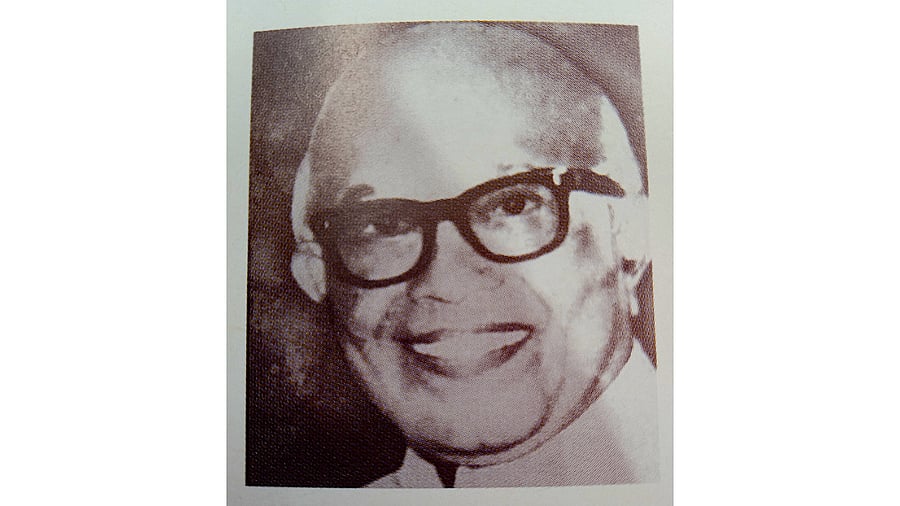
In Mangaluru’s cultural and fine arts circle, Simon Rasquinha (1910-1987) evokes respect and admiration. As a theatre artiste, stage designer, playwright, sculptor and poet, his legacy is lasting.
Born in 1910 in a village near Mangaluru, Simon’s formal education was cut short when he dropped out of school. At the age of 12, he joined a statue workshop, beginning with humble tasks connected to the making of statues. This early exposure offered him invaluable hands-on experience, allowing him to closely observe the painstaking processes of form, proportion and finish.
For nine years, he worked in the statue-making workshop, primarily painting statues, before moving on to learn clay and wood modelling. He received his formal training from celebrated artist Francis D’Gama, mastering the art of creating sacred images and statues. Alongside, he also honed the skills in drawing, portraiture, and painting elaborate stage backdrops.
In 1932, at just 22, Simon established his own firm. He soon earned wide recognition for producing a range of church fittings and devotional art.
He worked with diverse media, including terracotta, where he introduced several innovations. His paintings on the life of Christ, many executed in the tempera technique, bore his distinctive touch and experimentation flair.
Among his notable works is the altar painting of St Francis of Assisi and companions, which once adorned the old Capuchin Friary and now displayed in the gallery wall of the new chapel inaugurated in 2015. His statue of Mahatma Gandhi remains a major attraction at the Aloyseum, the museum of St Aloysius College.
Theatre and stagecraft
Simon Rasquinha’s talent was not confined to sculpture. He was equally influential in theatre, having directed and acted in nearly 50 plays in Konkani, Kannada and Tulu between the 1920s and 1960s. His versatility allowed him to portray characters ranging from Judas Iscariot to comic roles, while his training as an artist enabled him to create evocative stage sets, backdrops and props. His deep sense of colour, costume and stage composition gave his productions a visual richness that elevated their dramatic impact.
He was one of the four founding members of the Konkani Natak Sabha that has been staging plays at the iconic Don Bosco Hall in central Mangaluru since its inception.
Rasquinha also left his mark on Konkani music and literature. Together with Denis Patrao, he composed more than 30 songs, released in 1936 by Columbia Gramophone Company Limited under the title Fakir Juvam. The record featured both songs and dialogues, combining humour with melody.
In addition, he wrote poetry in Konkani and contributed articles to the diocesan newspaper Rakno. His writing offered insight into the cultural and social nuances of Mangaluru’s Catholic community and contemporary society.
Rasquinha died in 1987 at the age of 77, leaving behind a rich legacy that straddled sculpture, theatre, music and literature.